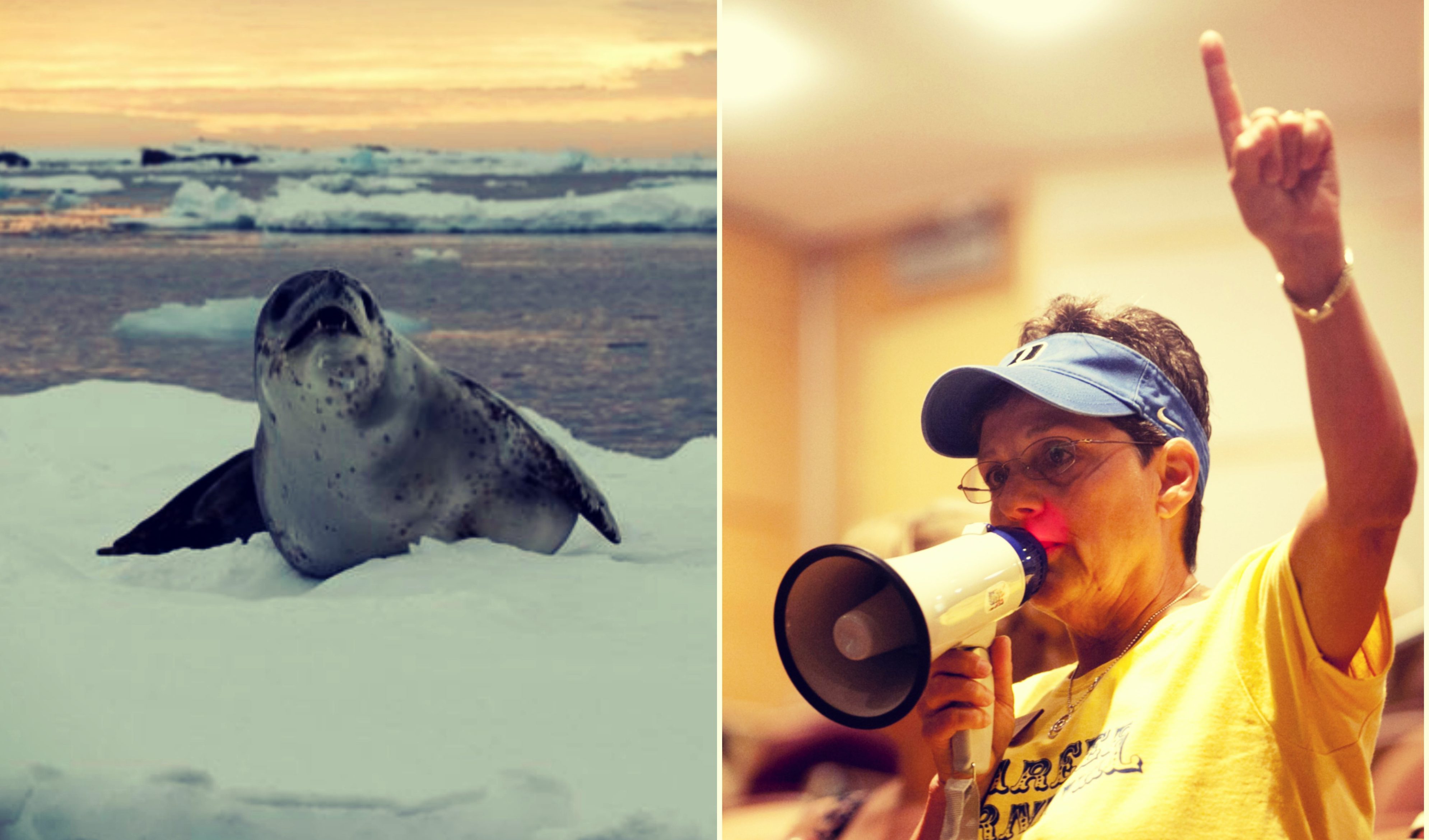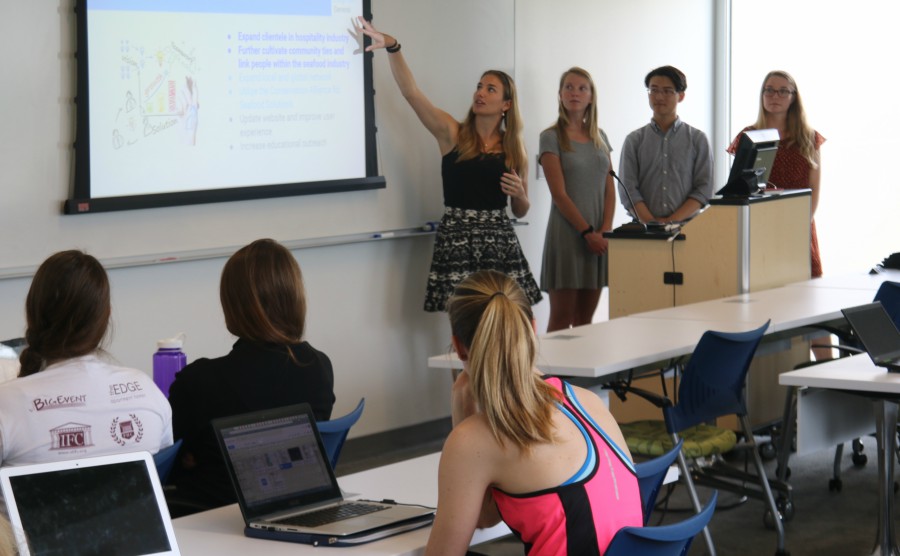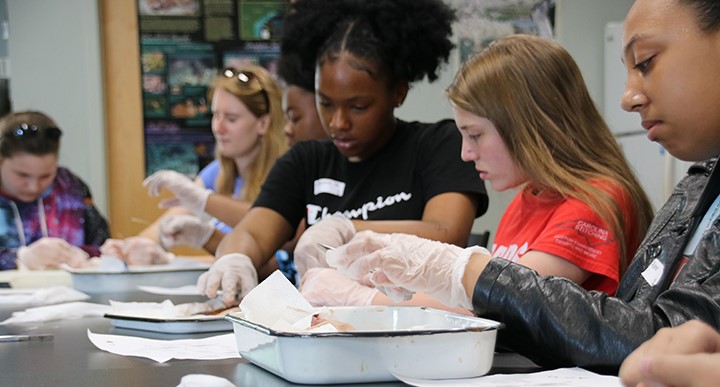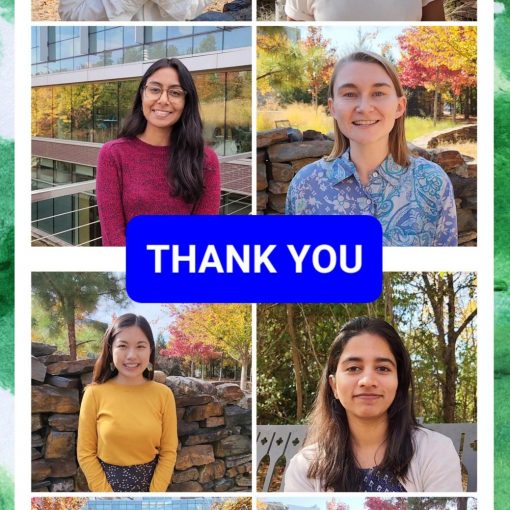
Imagine you are descending thousands of feet beneath the surface of the ocean in a submersible. The pressure mounts and it becomes pitch dark. Suddenly, in the distance, you see a flicker of light. As you get closer, you realize it is actually a creature, giving off a bright green light. Then you see what looks like smoke spewing out of vents in the sea floor. This strange, abyssal world was the subject of the Duke Alumni Association education program Exploring Earth’s Inner Space, in which attendees were able to participate from the comfort of a classroom at the Duke University Marine Lab.

Professor of Biology Sönke Johnsen and Ph.D. student Katie Thomas kicked off the weekend with lectures and hand-on activities on bioluminescence, a chemical process that some marine species use to produce light. The class was able to witness the process firsthand during a darkroom session with bioluminescent animals, such as jellyfish and worms. After dinner, Dr. Johnsen and Katie took the class on a boat excursion to collect fish and blue crabs by light trapping and dip netting.
The next morning attention turned to deep-sea exploration and hydrothermal vents, led by Professor of Biological Oceanography Cindy Van Dover and Ph.D. student Phil Turner. Hydrothermal vents form when water in the ocean crust is heated by magma and then escapes into the cold ocean, leaving behind a variety of mineral deposits. Participants learned about the technology used to explore and study the deep-sea, such as the deep submergence vehicle Alvin that Dr. Van Dover has piloted, and about deep-sea mining operations and the negative environmental implications they could have. “The class seemed very interested in the deep-sea mining operations. It’s something much of the general public is not aware of, so hopefully they will be more conscious moving forward” said Dr. Van Dover.
The weekend activities concluded with a panel discussion with faculty members and PhD students about scientific research, the experiences of Ph.D. students, and life aboard research vessels. To end on a fun and educational note, participants were given the opportunity to invent and draw their own deep-sea creatures. One group invented a fish that had bacteria in its stomach to digest plastics! At the conclusion of the program, Dr. Johnsen said “I was really happy to see how engaged and interested the alumni were in marine life, and how they obviously cared for the future of the ocean and the animals that live in it.”
Opportunities like the DAA Forever Learning programs are a great way for alumni to stay engaged with Duke and learn more about a new topic. Participant Sarah Williams ’75 said, “I enjoyed the Deep Sea Exploration weekend course enormously. I would wholeheartedly recommend marine lab courses to other alums.” If you are interested in learning more about the DAA’s Forever Learning programs, visit https://alumni.duke.edu/programs/forever-learning or contact educations@daa.duke.edu.




